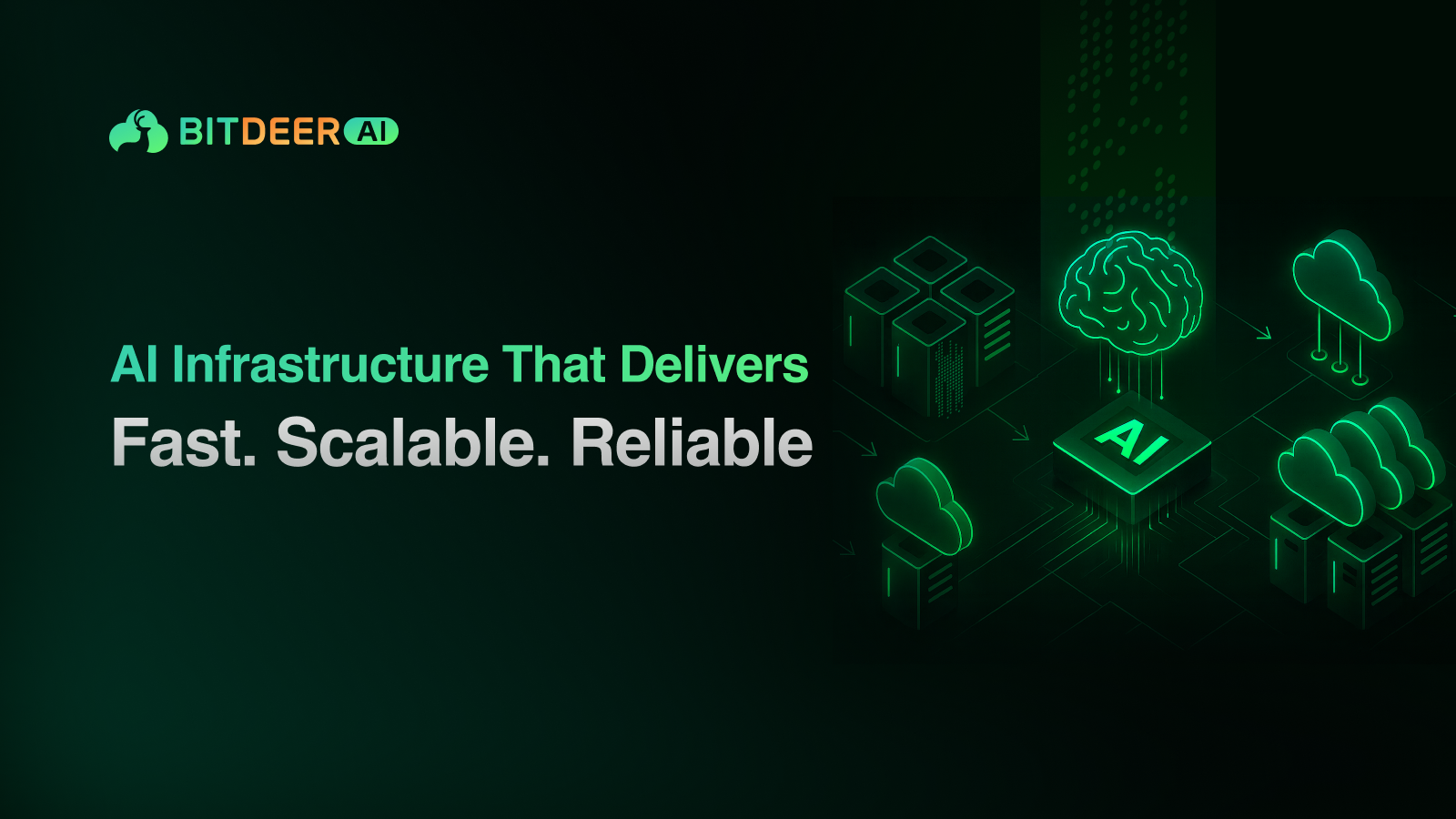AI Infrastructure: Building the Backbone for AI Agents

Much of the AI narrative today revolves around consumer tools or futuristic fears. In reality, the technology is already reshaping everyday business workflows.In the real world, advanced software is already working quietly behind the scenes — answering customer queries, booking appointments, summarizing reports, flagging anomalies, and even automating parts of IT operations.
Behind many of these capabilities are AI agents: intelligent systems that do more than respond. Think of them as digital co-workers that can reason, plan, and act. They use Large Language Models (LLMs) at their core, and connect to various external tools, APIs, and data sources to complete tasks. In a way, AI agents today are what a great website was for your business back in the early days of the Internet revolution—a capability that will soon become standard, and a key differentiator for those who adopt early.
What is AI infrastructure — and why it matters
If you’re wondering what AI infrastructure is, the short answer is: it’s the specialized combination of hardware, software, and networking that powers the AI models, databases, and services behind your AI agents.
Because AI agents feel so interactive and autonomous, it’s easy to imagine them running directly on conventional cloud servers the same way websites do. But in reality, most AI agents sit on top of powerful AI models, retrieval systems, and orchestration frameworks. These depend heavily on robust artificial intelligence infrastructure — the GPUs, networking, storage, and deployment environments — to keep everything fast, scalable, and reliable.
If the AI infrastructure behind those LLMs, vector databases, and real-time APIs isn’t up to the task, your AI agent will struggle — think long pauses, inaccurate answers, or even service outages. In short, great AI infrastructure solutions are the difference between a responsive, capable agent and one that leaves users frustrated.
The pillars of strong AI infrastructure solutions
A state-of-the-art artificial intelligence infrastructure isn’t just a cluster of servers — it’s an ecosystem. Here are its key pillars, and how they support AI agents:
1. Powerful GPU computing
When it comes to AI infrastructure, few components are as critical as powerful GPU computing. GPUs are the engines that handle both the training and inference stages of AI development, and both stages have very different demands.
Training is the process of “teaching” an AI model (often a Large Language Model, or LLM) using enormous datasets, often containing billions of words, images, or structured data points. It’s not unusual for large-scale training jobs to involve petabytes of data and require parallel processing across hundreds or thousands of GPU cores. Each GPU handles countless matrix multiplications — the mathematical heart of neural network learning — at incredible speeds, something traditional CPUs simply cannot match.
High-performance GPUs such as NVIDIA’s H100 SXM, H100 DGX SuperPOD, H200, B200, and GB200 NVL72 are designed to handle these workloads with efficiency and speed, reducing training times from months to weeks or even days.
Once training is done, the model moves into the inference stage, which is all about speed and responsiveness. This is when a model takes an input, processes it through its learned parameters, and generates an output, often in real time. For AI agents, inference is what allows them to understand natural language questions, retrieve relevant data from a database or API, and respond in a way that feels immediate and natural. A delay of even a second can make the interaction feel clunky or unhelpful, especially in scenarios where rapid decision-making is crucial.
Optimized AI infrastructure solutions ensure that inference runs on low-latency, high-throughput systems so that responses are generated in a fraction of a second. This creates the seamless, human-like experience that users now expect from intelligent systems. Without modern GPU computing, AI agents would simply be too slow, too unresponsive, and too costly to run at scale.
2. Enterprise-grade scalability and security
The workload of an AI agent can spike without warning — say, a viral social media post drives thousands of people to try your chatbot. Auto-scaling ensures that the underlying models, databases, and API layers get the resources they need instantly, then scale down to save costs when traffic drops.
These spikes put immense strain on the LLMs, vector databases, and external APIs that form the agent’s operational backbone. If the underlying artificial intelligence infrastructure can’t adapt in real time, performance will degrade, leading to slow responses or even service outages. Modern AI infrastructure solutions address this with elastic scaling, dynamically allocating more GPU compute, memory, and networking bandwidth as demand rises, and scaling back when traffic drops. This not only ensures smooth performance under pressure but also optimizes cost efficiency.
Security is equally important. AI agents often handle sensitive business and personal data. The infrastructure running them needs strong encryption, secure access controls, and compliance-ready configurations to protect both data and reputation. This is why choosing the right artificial intelligence infrastructure partner is a business-critical decision.
Choosing the right AI infrastructure solutions partner
Selecting the right partner for AI infrastructure solutions can be tedious, but it doesn’t have to be. Businesses must evaluate several critical factors that directly impact both technical performance and business outcomes. This includes understanding your business’s ambitions and seeing if your partners solutions align with them.
Bitdeer AI's approach to AI infrastructure addresses these requirements through a vertically integrated platform that combines high-performance GPU access with an intuitive AI Studio for workflow management.
Bitdeer AI also provides direct access to cutting-edge hardware including the NVIDIA H100 SXM, H100 DGX SuperPOD, H200, B200 and GB200 NVL72 GPUs, ensuring the models and retrieval systems behind AI agents run at peak efficiency.
Ready to transform your AI development with robust AI infrastructure solutions? Explore how Bitdeer AI can power your journey from concept to deployment, providing the foundation your AI agents need to succeed in an increasingly competitive landscape.